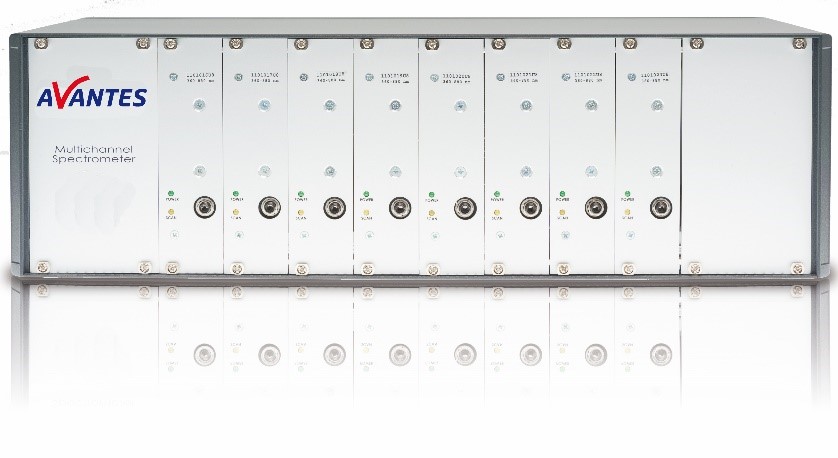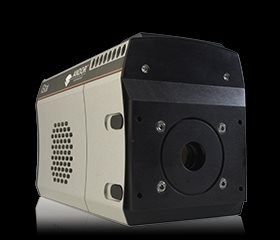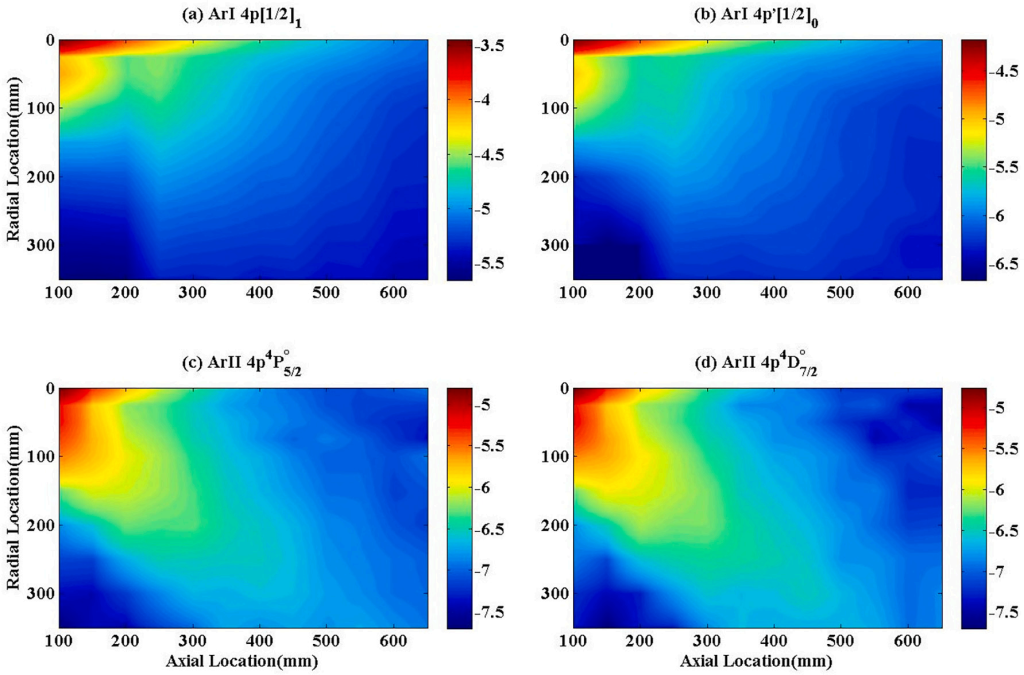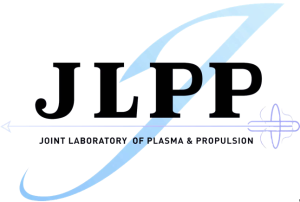Our research
optic devices
Optical emission spectrometry (OES)
Optical emission spectrometers (often called “OES or spark discharge spectrometers”), is used to evaluate metals to determine the chemical composition with very high accuracy. A spark is applied through a high voltage on the surface which vaporizes particles into a plasma. The particles and ions then emit radiation that is measured by detectors (photomultiplier tubes) at different characteristic wavelengths.
At present, our laboratory mainly uses optical local probes to obtain spatially resolved spectral information for electric thrusters. At the same time, databases and models are constructed to establish the relationship between plasma parameters and spectral data.
AvaSpec Multi-Channel Spectrometer in JLPP
Laser-induced fluorescence (LIF)
Laser-induced fluorescence (LIF) is a non-invasive diagnostic method. This method is suitable for measuring tiny structures in the plasma and beam inside the discharge chamber of electric thrusters, and has extremely high temporal and spatial resolution. In recent years, with the development of plasmonic optical diagnostics, laser-induced fluorescence is becoming an increasingly common diagnostic method and has been successfully applied in different fields of plasma measurement, including Hall thrusters, plasma processing and basic Plasma physical processes.
At present, the LIF system of our laboratory is in the process of construction and is expected to be completed around 2023. Ar and Xe plasma plume diagnostics will be performed on electric propulsion units including MPD thrusters.
Intensified Charge Coupled Device (ICCD)
Intensified Charge Coupled Device is an integrated circuit containing an array of linked, or coupled, capacitors. Under the control of an external circuit, each capacitor can transfer its electric charge to a neighboring capacitor. CCD sensors are a major technology used in digital imaging.
At present, the ICCD system of our laboratory is used to take images that require high tolerance and obtain time-resolved plasma images.

Andor ICCD in JLPP

Relative intensity distributions of population density of typical excited states (log10(np))
Featured articles[1–5]:
[1] Zhang Z , Zhang Z , Tang H , et al. Diagnostics of ion and electron diffusion in pulsed plasma thrusters using neutral gas injection. Plasma Sources Science and Technology, 2020.
[2] Zhang, Guangchuan, et al. Coupling plasma plume of a low-power magnetically shielded Hall thruster with a hollow cathode. CHINESE JOURNAL OF AERONAUTICS, 2020, 33(12): 3018-3026.
[3] Han X , Zhang Z , Chen Z , et al. High-spatial-resolution image reconstruction-based method for measuring electron temperature and density of the very near field of an applied-field magnetoplasmadynamic thruster[J]. Journal of Physics D: Applied Physics, 2021, 54(13):135203 (14pp).
[4] Zhang, Guangchuan, et al. Plasma diagnosis of an unclosed E x B drift thruster with a visible ionization zone. PLASMA SOURCES SCIENCE & TECHNOLOGY, 2022, 31(7): 075002.
[5] Zhang, Guangchuan, et al. Magnetic field deflection in a 100 W Hall thruster with permanent magnets. PLASMA SOURCES SCIENCE & TECHNOLOGY, 2022, 31(9): 095003.
[6] Xing Han, Peng Wu, Zhiyuan Chen, Jiayun Qi, Yimeng Wang, Siyu Lu, Yunwei Cui, Haibin Tang, Jinbin Cao, Collisional radiative model for high-ionization-rate equilibrium argon plasma plume, Spectrochimica Acta Part B: Atomic Spectroscopy, Volume 194, 2022
(Lastly Updated in September, 2022
